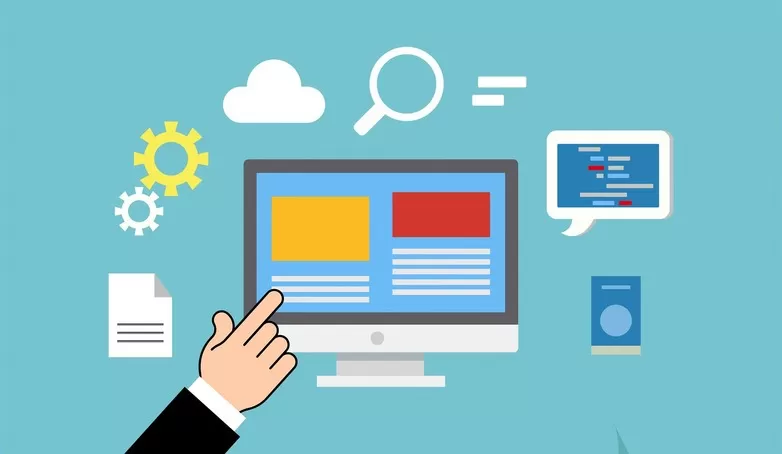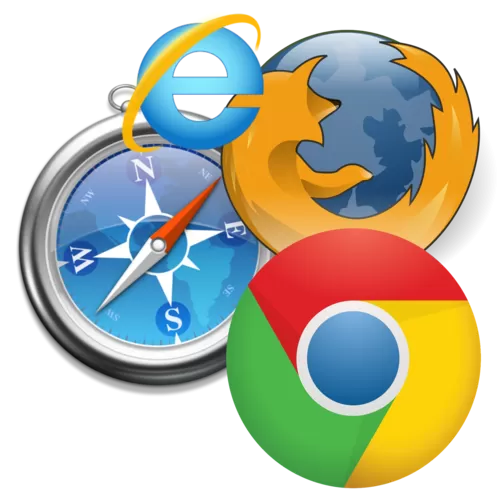The main goal in having a website is good communication. Good communication through website design is what we do here at Activate Design, based in Christchurch. We understand that communication is the main reason for having a website at all. Your customers need to connect to you, and you to them, and in today’s society websites are the first place a client will look for a business or service they require. Our job is to ensure your online presence remains in perfect working order, to offer upgrades, S.E.O., and a variety of website support services to ensure you get the most from your website.
We have a great team of Canterbury web designers, graphic designers and web developers who specialise in their own areas of website design and creation, and we combine our knowledge of HTML, CSS, JavaScript, Content Management, SEO (Search Engine Optimisation) Graphic Design and Content Writing, to create informative and professional websites for customers in the Canterbury region, and a variety of business from North Island to South Island wide.
The elements of great website design go beyond the pages that make up the basic layout of a website. A lot more web traffic directed to your site can come through “Landing Pages”.
Landing pages are pages of content consisting of keyword-rich text, that provide additional entry points to your site. What makes these pages different from the rest of your existing website is that they can stretch out and grow like branches on a tree, without cluttering up your website layout. Most “landing pages” are not accessible through a site, or if they are they would usually be linked via a text link in your content, rather than tabs on your site navigation. This is simply because they are written in such a way as to be aimed at the search engines, rather than educating your clients - which is a secondary function.
With landing pages, you can have as many as you like - we would recommend each page be kept to a single topic and elaborated on from there. To understand how this works it is helpful to know how search engines work; Search Engines are constantly evolving - and by that I mean, being upgraded. The people behind the code are learning from experience and applying smarter techniques to the functionality of their search engine programs. Many of the techniques to alert search engines to your website content that have worked in the past do not work today, such as alternative spelling of words. Search Engines have evolved to more complex strategies - and we are constantly evolving our own processes to ensure we use techniques that ensure a search engine recognises what it is you provide, and can connect you to the people who are searching for you online. This constant evolution of how we streamline your content means we are ahead of the market in website development. Someone who was good at S.E.O. years ago may not be up with the play in today’s evolution of processes.
By adding multiple landing pages to your website, you are increasing the chances that a search engine will find you and recognise that you are what a web surfer is looking for, to make the connection. The effectiveness of landing pages will depend on the content, and here at Activate Design we have experienced copy writers who recognise that just being a good writer is not enough, but being a good writer combined with a knowledge of S.E.O. (Search Engine Optimisation), means we write effective, keyword-rich, targeted content that will greatly enhance your ratings with search engines and visibility to web surfers. To do this we can speak with you over the phone to gain some insight into your company, meet with you at your convenience, or simply research what it is that you do to write some unique, clever content for your site.
To further explain landing pages, I will use the example of a store that makes and sells leather boots. If we created a website for them it may have a home page, then linked to this would be the main pages for say, product information, contact information, and company information. That may be all that is needed for the site to effectively communicate what they do, and to showcase the products and services they provide, keeping the menus clear and not cluttered, and the site clean and tidy. However, there may not be a lot of combined content on these pages, so to attract more traffic to the site we could offer the addition of landing pages.
Using this example we could do a landing page on the leather used to make the boots - including lots of keywords related to leather, caring for leather, the process of creating leather, and adding anything that people may be searching for that would link them to that site. We could do another page on shoe laces, and another on shoe soles, adding the keywords related to that topic and extending the net that will draw in potential online clients.
Writing keyword content is not just about adding keywords.
Search engines have evolved to such an extent that we could not write repetitive keyword-rich text, or repetitive text at all, in fact your site would be penalised for this.
For example ;
“We use a variety of leather to produce leather boots. Our leather is a rich leather worked by hand using leather tools and leather products, and we use many kinds of leather and leather solvents to achieve this.”
In browsing this text, search engines would recognise the keyword ‘leather’ is in there, but also that the content is less informative and more repetitive. If you write keyword rich context it has to make sense. Search engines cannot read and understand the text, they do not know what the words mean, but among other methods they work on statistics such as “bounce rates”. A bounce rate is how many people click on your site and then click (or bounce) right back out again, which gives an indication as to whether your content or article has any worth. Using the example of the text above, browsers would recognise this as repitive jargon and click right out again, so the bounce rate would become very high, and reflect negatively on your site. If your keyword rich content was more informative, balanced with keywords and commonly searched-for terms, the bounce rate would be far less. The amount of time a browser spends on your page reading your text, and whether or not they click through to your main website, all matter and are recorded. These are the statistics that search engines will include in their evaluation of your website and the rating it gives you, directly affecting the online traffic that finds, peruses and uses your website.
As mentioned earlier, landing pages can be hidden from all access, other than being the initial site that internet users will click through to after being directed by a search engine. From that page they can click through to your website, and will not be able access that landing page again, except via Google or another search engine - unless you specifically want to give them access to these pages from your site, which may be best achieved using text links rather than adding pages to your menu and complicating your site. Landing pages allow your site to remain simple and clear, then like the branches of a tree, landing pages can be added indefinately, and work best when targeted to a specific topic, as in the example for leather.
Landing pages can be added over an extended period and don’t have to be done all at once. We could do a new landing page for your site every week or month, we are happy to work within your time frame and budget.
Contact us to add landing pages to your site and to write clever content for website and any advertising material you need. Give us the opportunity to ensure you make the most of your online presence, we are here to assist in keeping your site up-to-date and interesting, and encourage you to give us a call for any quotes, queries or website-enhancing advice.








